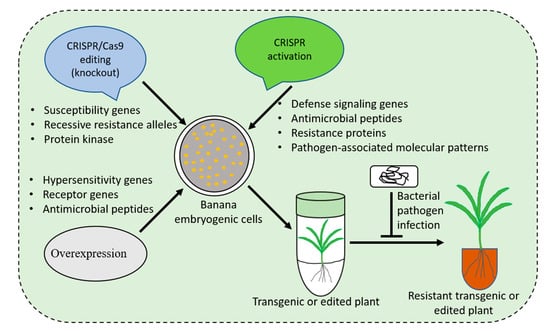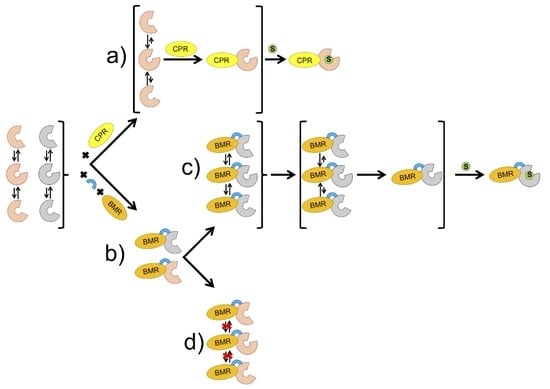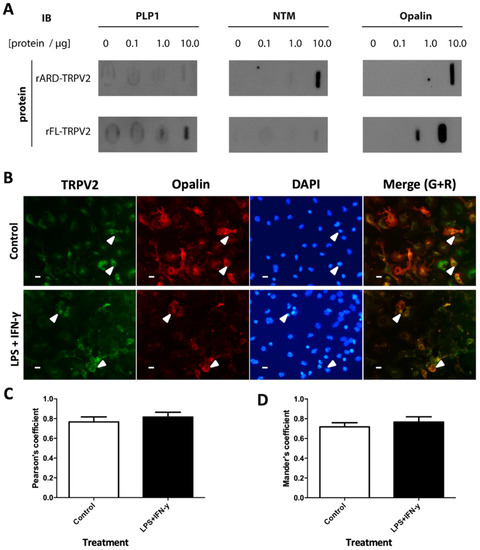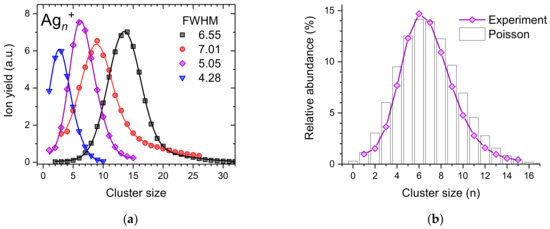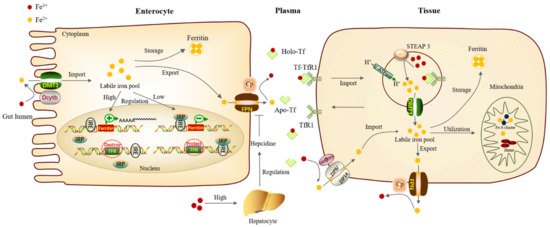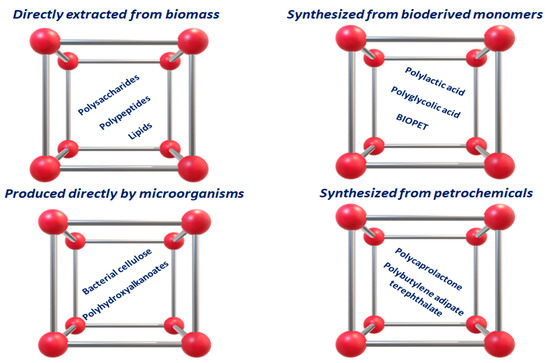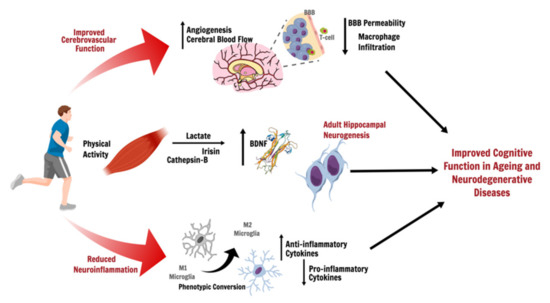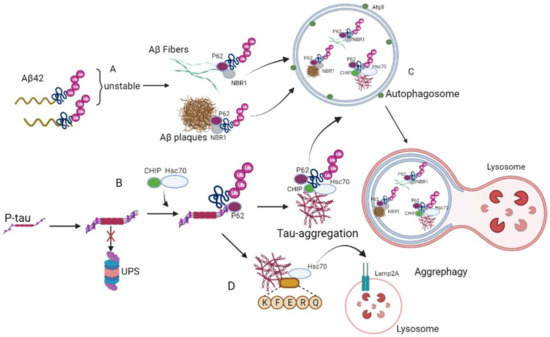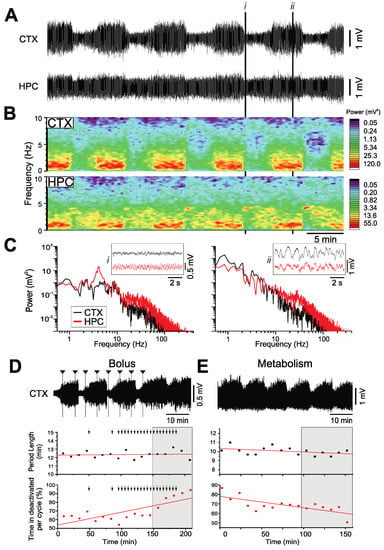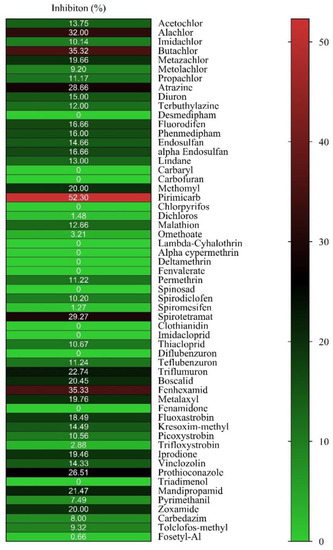Int. J. Mol. Sci. 2022, 23(7), 3619; https://doi.org/10.3390/ijms23073619 - 25 Mar 2022
Cited by 37 | Viewed by 12975
Abstract
Banana is an important staple food crop and a source of income for smallholder farmers in about 150 tropical and sub-tropical countries. Several bacterial diseases, such as banana Xanthomonas wilt (BXW), blood, and moko disease, cause substantial impacts on banana production. There is
[...] Read more.
Banana is an important staple food crop and a source of income for smallholder farmers in about 150 tropical and sub-tropical countries. Several bacterial diseases, such as banana Xanthomonas wilt (BXW), blood, and moko disease, cause substantial impacts on banana production. There is a vast yield gap in the production of bananas in regions where bacterial pathogens and several other pathogens and pests are present together in the same field. BXW disease caused by Xanthomonas campestris pv. musacearum is reported to be the most destructive banana disease in East Africa. The disease affects all the banana varieties grown in the region. Only the wild-type diploid banana, Musa balbisiana, is resistant to BXW disease. Developing disease-resistant varieties of bananas is one of the most effective strategies to manage diseases. Recent advances in CRISPR/Cas-based gene editing techniques can accelerate banana improvement. Some progress has been made to create resistance against bacterial pathogens using CRISPR/Cas9-mediated gene editing by knocking out the disease-causing susceptibility (S) genes or activating the expression of the plant defense genes. A synopsis of recent advancements and perspectives on the application of gene editing for the control of bacterial wilt diseases are presented in this article.
Full article
(This article belongs to the Special Issue Crop Genome Editing)
►
Show Figures
